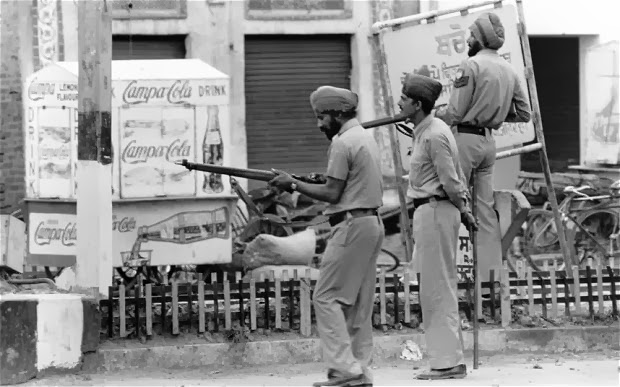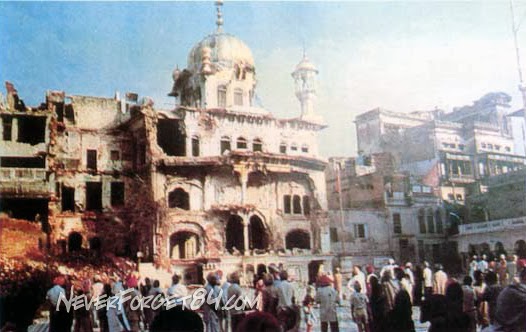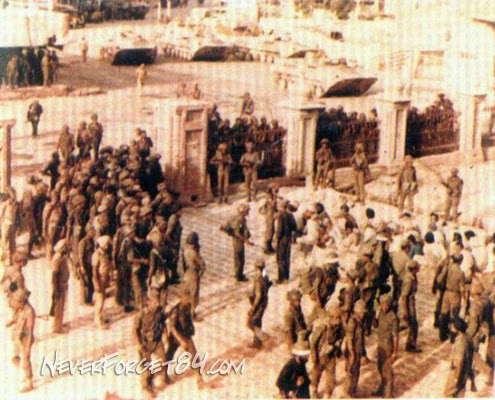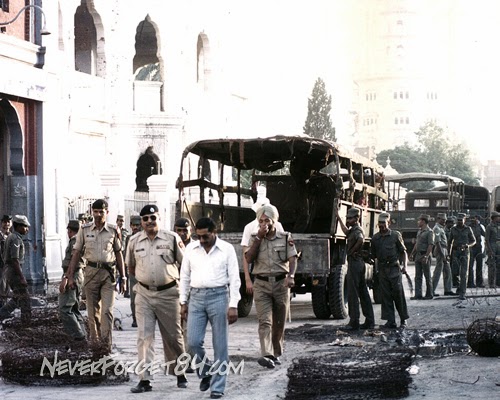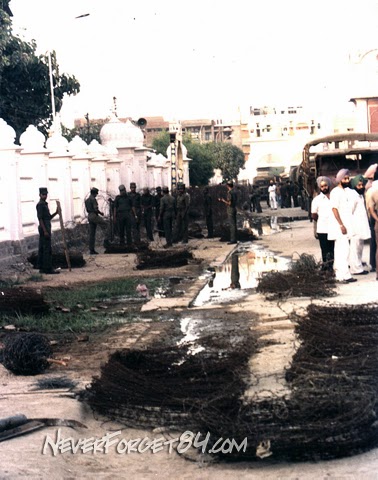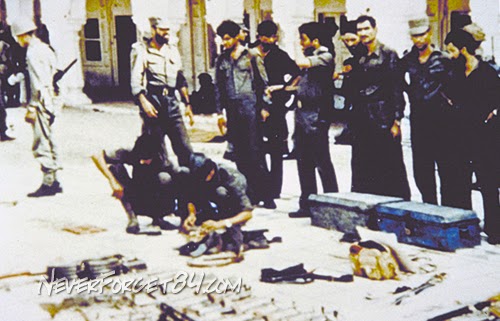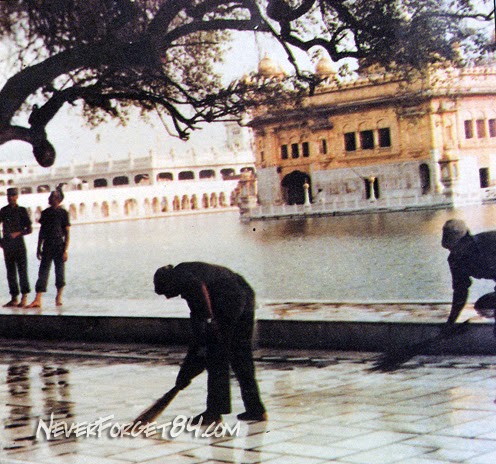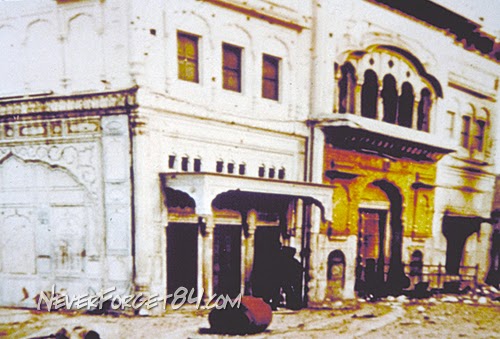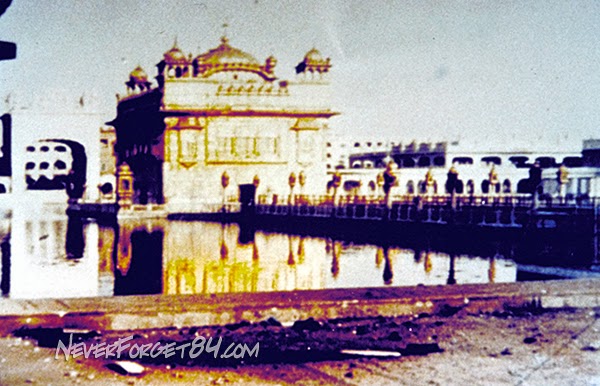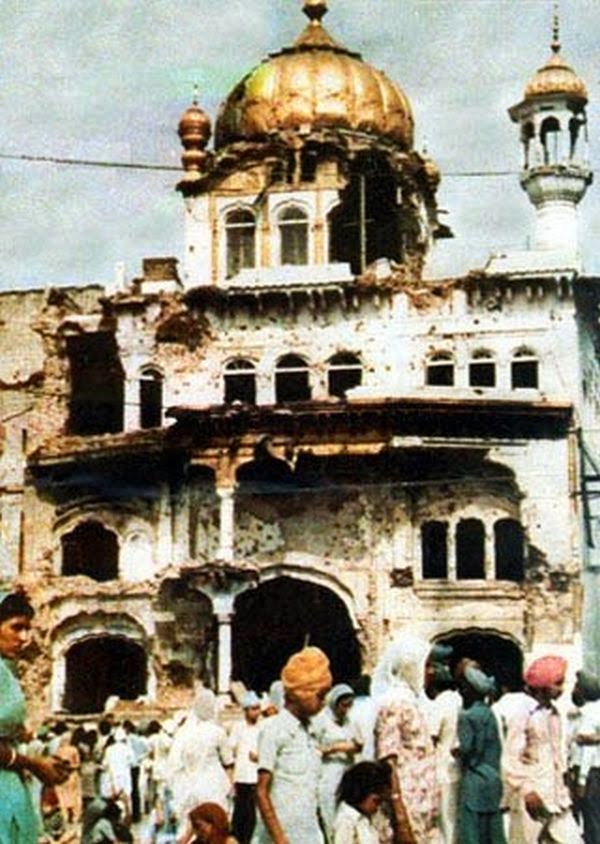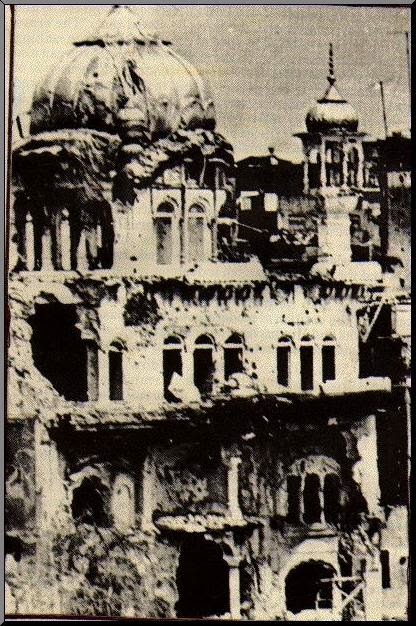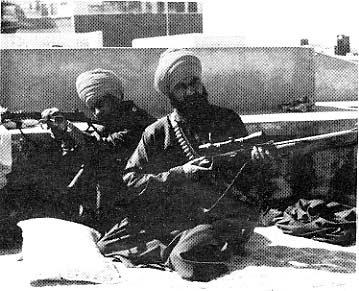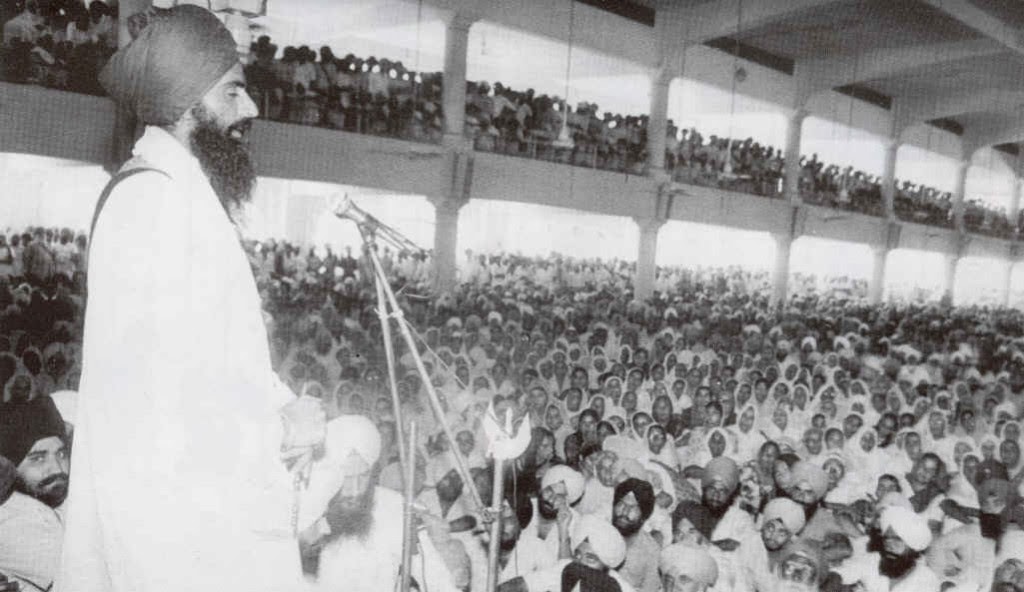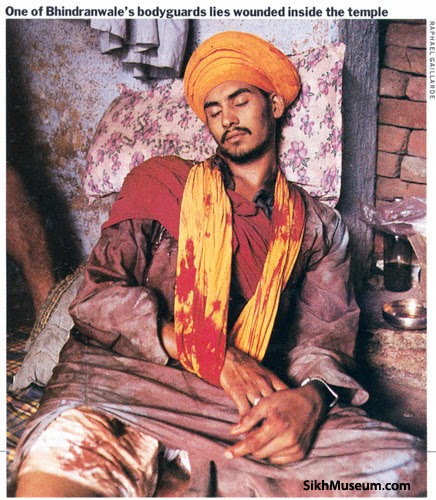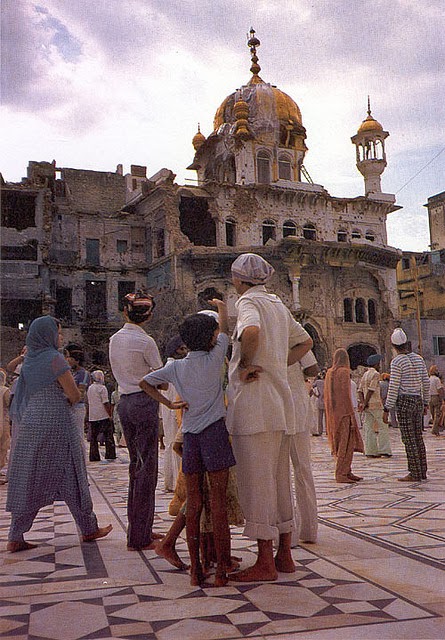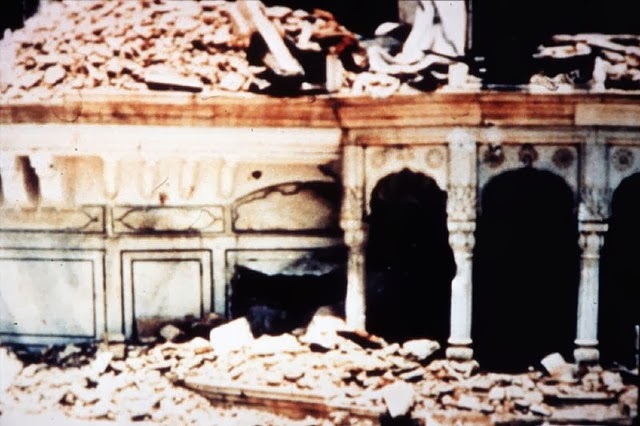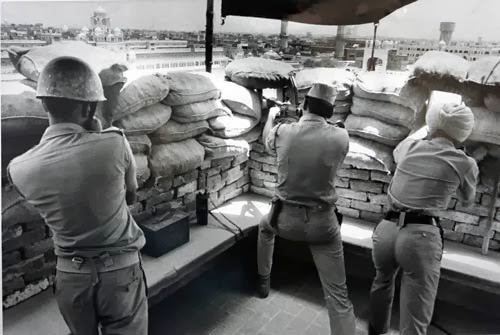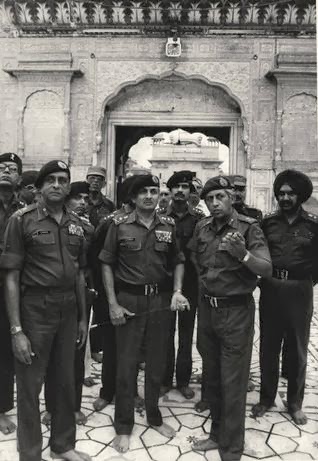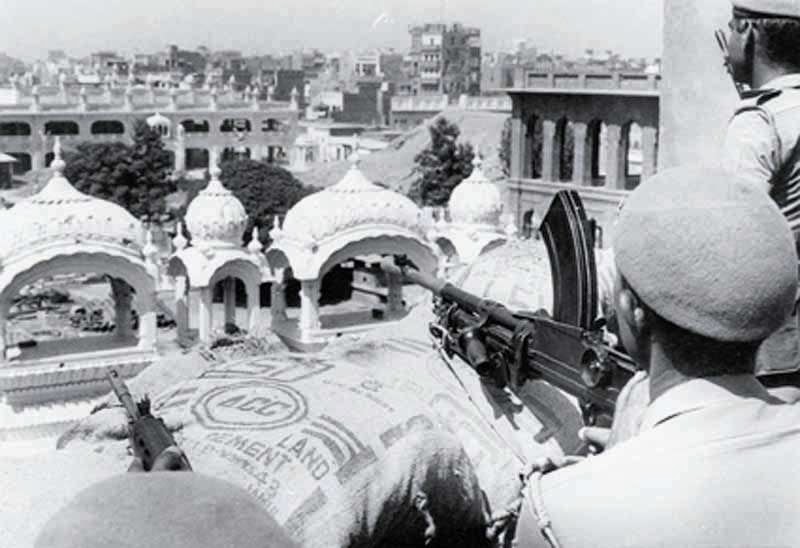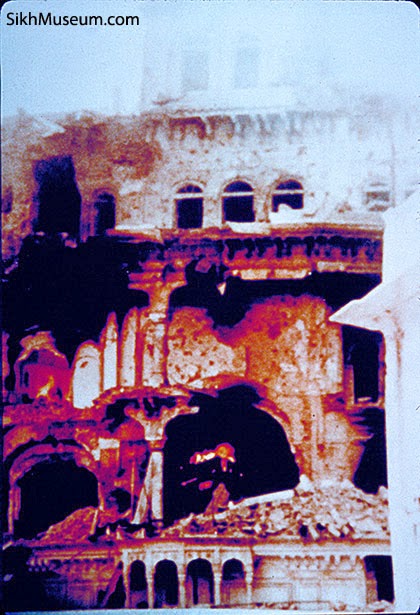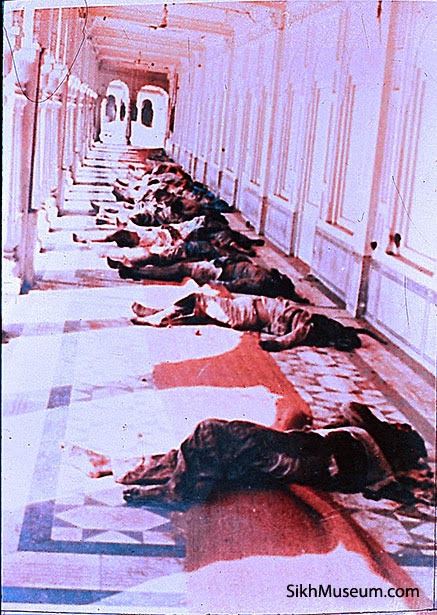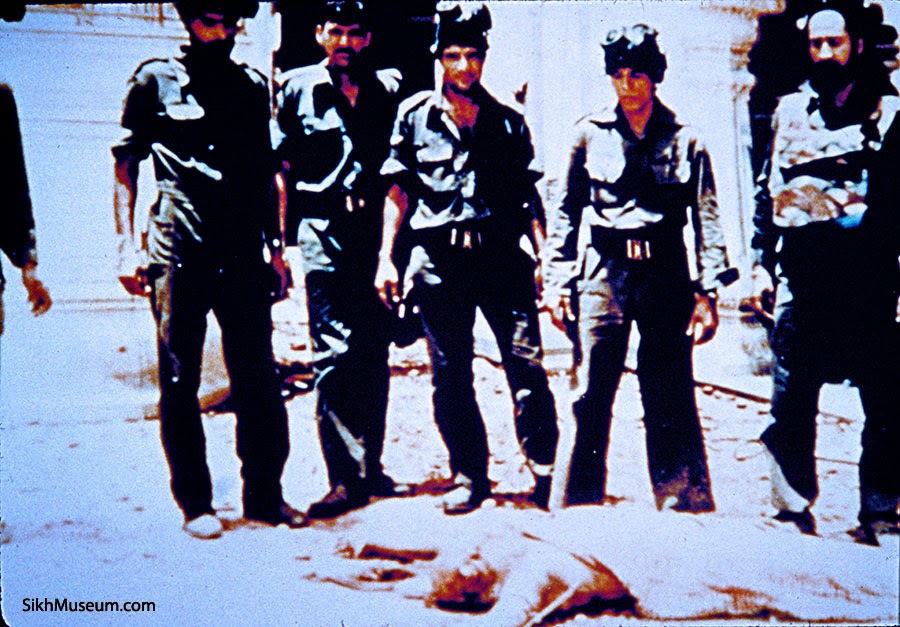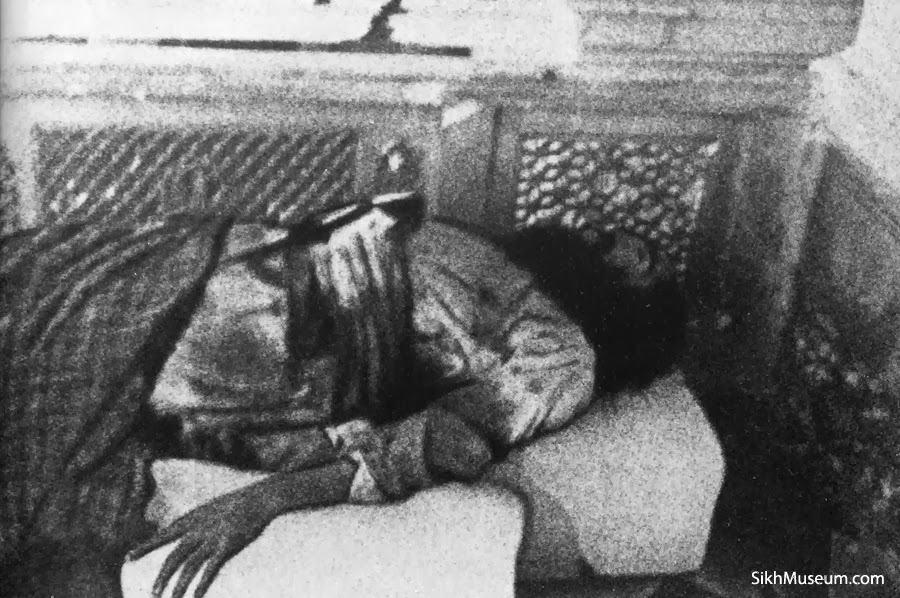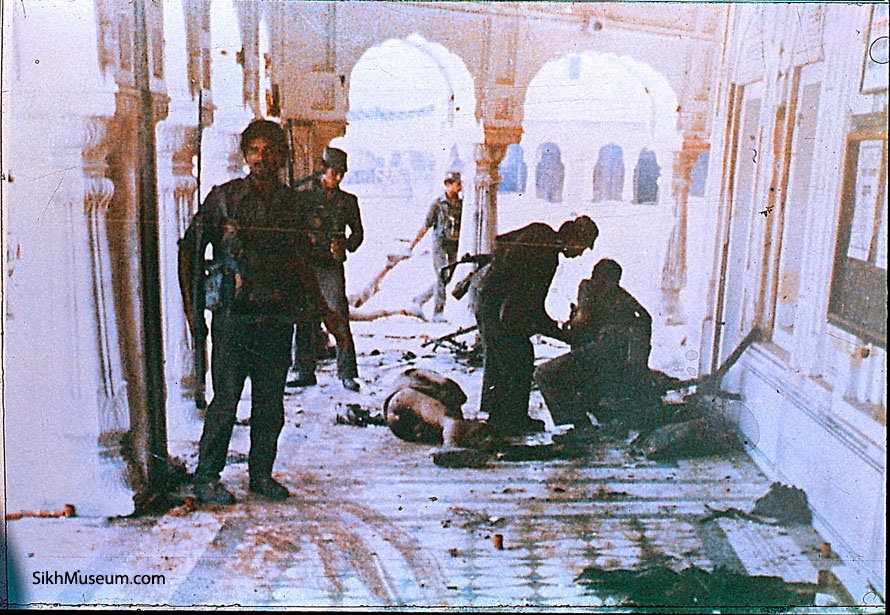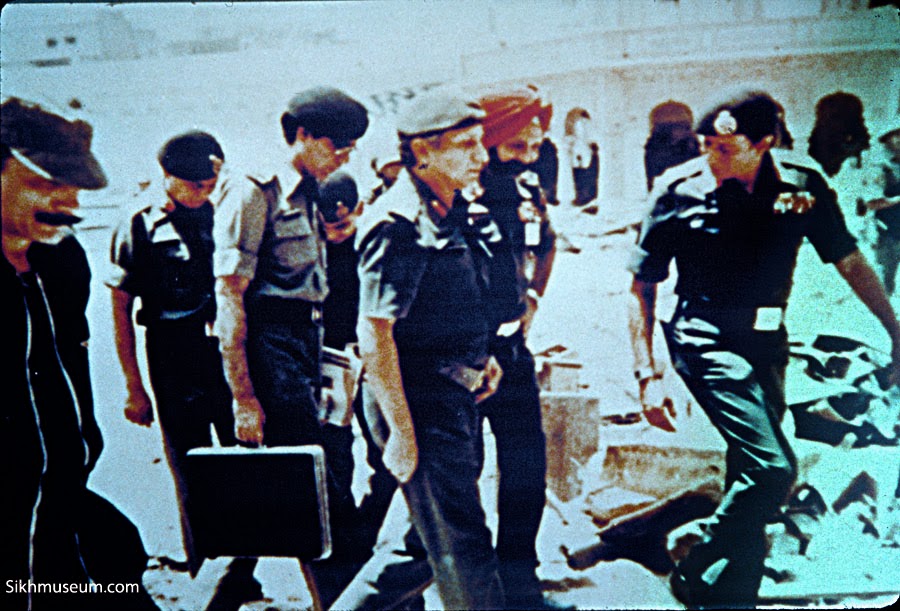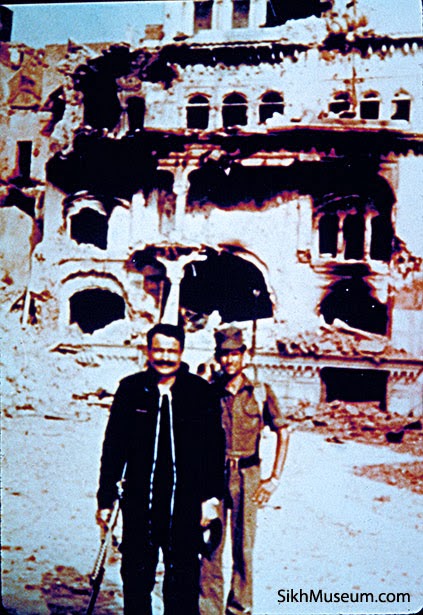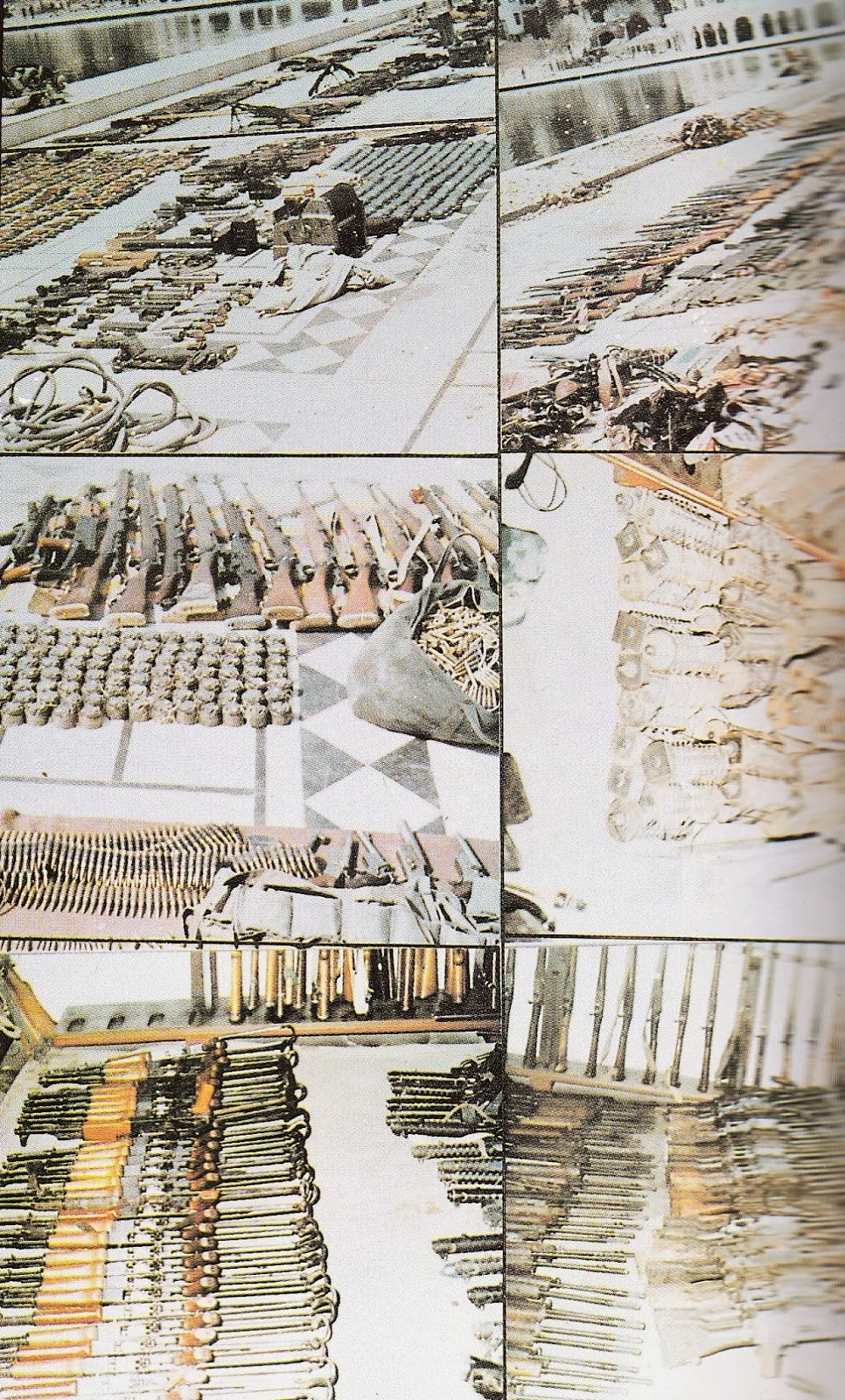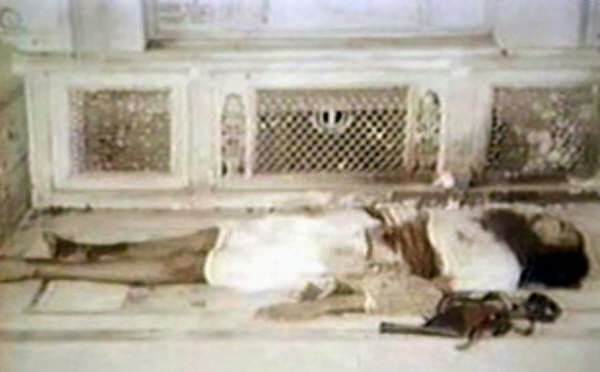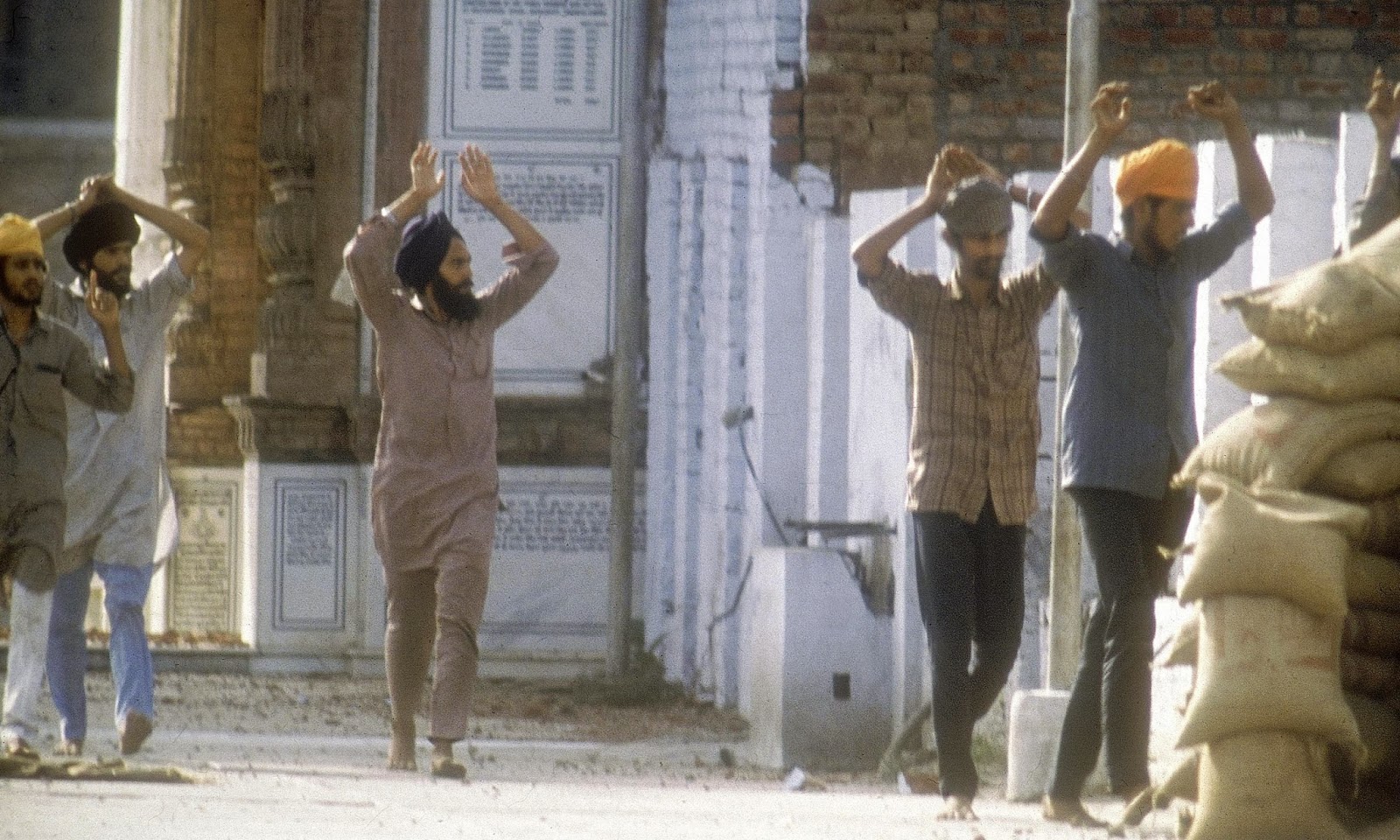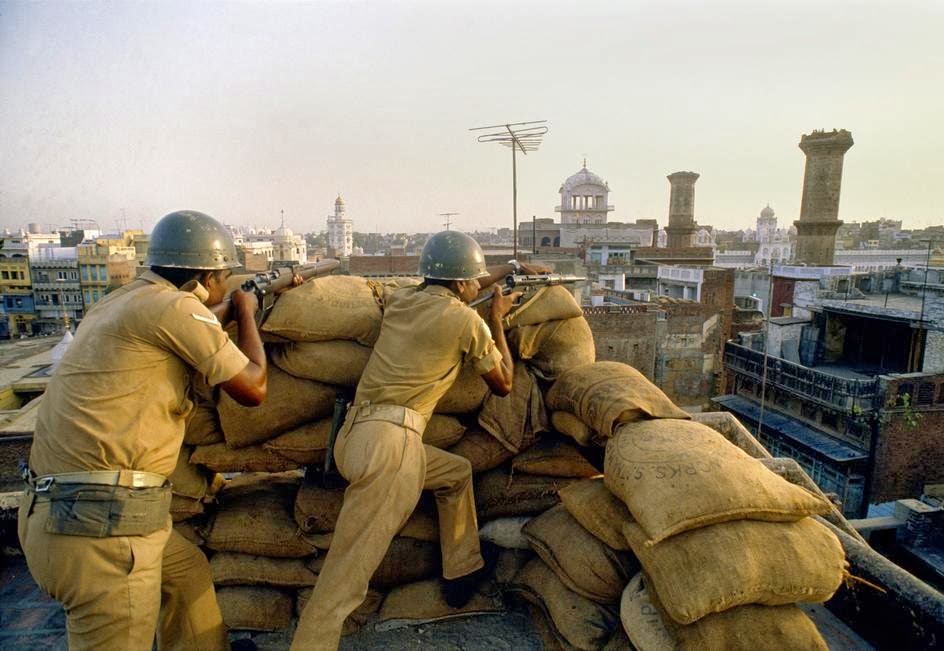
OPERATION BLUESTAR 1984
-
OPERATION BLUESTAR : The untold story
-
Operation Bluestar Created New Crusaders for Sikh Cause”
Dr Subramaniam Swami – Ex-Member of Parliament -
Eye-Witness Account Of Operation Bluestar In the words of Singh Sahib Giani Sahib Singh
-
Operation Bluestar: The Attack on the Sikh’s by Indian Armed Forces
-
The Truth Behind Operation Bluestar
-
Operation Bluestar ‘A Mistake’ by Subhrangshu Gupta in Calcutta
-
“Blind Men of Hindoostan” Remembering Operation Bluestar
-
Operation Bluestar-5th June 1984 An Indian Army View point
-
Baba Jarnail Singh Bhindranwale’s Speeches
-
The Ghalughara: Operation Blue Star – A Retrospect
-
The 15th Anniversary of Operation Blue-Star
-
Devastating Images of Operation Blue-Star
-
News reports and other Eye Witness Accounts
-
An Interview with survivor: Pritam Kaur
-
1984 Assault on Amritsar :Khushwant Singh
-
Flashbacks – Golden Temple attack -BBC
-
A True scene of 1984 Carnage
-
Khalistan Movement in Punjab, Meredith Weiss
-
The Making of Operation Bluestar (1978-1984)
-
Operation Bluestar: Night Of Blood
-
Atrocities On Sikh Children
-
Ghallughara 84
-
Operation Bluestar: A Juristic View
Operation Blue Star (Punjabi: ਬਲੂ ਸਟਾਰ, Hindi: ब्ल्यू स्टार (blyū sṭār)) 3– 6 June 1984 was an Indian military operation, ordered by Indira Gandhi, then Prime Minister of India, under the pretext of removing Sikh separatists from the Golden Temple in Amritsar. The insurgents, led by Jarnail Singh Bhindranwale, were accused of amassing weapons in the Sikh temple.
The operation was carried out by Indian army troops with tanks and armoured vehicles.[6] Militarily successful, the operation aroused immense controversy, and the government’s justification for the timing and style of the attack are highly debated. Operation Blue Star was included in the Top 10 Political Disgraces by India Today magazine.
Official reports put the number of deaths among the Indian army at 83 and the number of civilian deaths at 492, though some independent estimates run as high as 1500. In addition, the CBI is considered responsible for seizing historical artifacts and manuscripts in the Sikh Reference Library before burning it down.
The military assault led to an uproar amongst Sikhs worldwide and the increased tension following the action led to assaults on members of the Sikh community within India. Some Sikh soldiers in the Indian army mutinied, many Sikhs resigned from armed and civil administrative office and a few returned awards and honors they had received from the Indian government.Four months after the operation, on 31 October 1984, Indira Gandhi was assassinated by two of her Sikh bodyguards in what is viewed as an act of vengeance. Following her assassination, more than 5000 Sikhs were killed in anti-Sikh pogroms. Within the Sikh community itself, Operation Blue Star has taken on considerable historical significance and is often compared to what Sikhs call ‘the great massacre’, the 1761 slaughter of Sikhs by the Afghan invader Ahmad Shah Abdali.
Operation Bluestar, which began in the wee hours of June 6, 1984, was like a dagger through the heart for Sikhs everywhere. Thousands railed against the Indian State, the army, and all those who were connected in any way with the operation. A large number of Sikh soldiers, enraged by rumours that the Golden Temple had been damaged (the temple itself remained untouched, though the Akal Takht was damaged), deserted the armed forces. Author Khushwant Singh famously returned his Padma Bhushan award in protest. Four months and three weeks later, Indira Gandhi paid the ultimate price for ordering Operation Bluestar.

